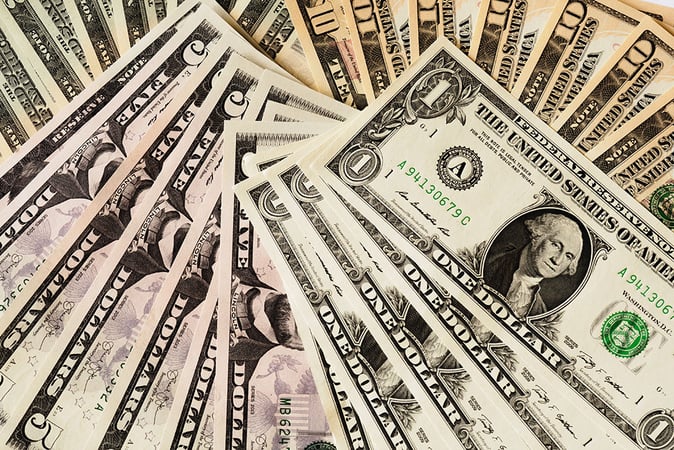China keeping the fiver-year loan rates unchanged has put breaks on the five weeks rally in the US Dollar. Investors now wait for the Federal Reserve’s Jackson Hole symposium for any further guidance.
On Monday, August 21, China announced its decision to cut the one-year benchmark lending rates with authorities seeking to ramp up efforts in order to stimulate the credit demand. This comes as the recovery in the world’s second-largest economy has come to a major slowdown amid the worsening property slump.
Also, weak credit growth and the tumbling economy have negatively affected the country’s economy thereby forcing policymakers to release more stimulus. Despite this, China surprised by keeping the five-year rate unchanged despite a slowing economy.
But since the Yuan faces downward pressure, it also shows that China has limited room for further monetary easing. However, analysts say that if China’s yield differences with other major economies continue to increase, it could lead to a situation of Yuan sell-off and major capital outflows.
Thus, the country has decided to reduce the one-year loan prime rate (LPR) by 10 basis points to 3.45% from 3.55% previously. However, it kept the five-year LPR unchanged at 4.20%. But market analysts were expecting rate cuts for both tenures.
The majority of new and existing loans in China depend on the one-year LPR, and the pricing of mortgages is affected by the five-year rate. In June, China lowered both LPRs as a measure to stimulate the economy. Speaking to Reuters, Masayuki Kichikawa, chief macro strategist at Sumitomo Mitsui DS Asset Management said:
“Probably China limited the size and scope of rate cuts because they are concerned about downward pressure on the yuan. Chinese authorities care about currency market stability.”
China Puts Breaks to USD’s Gains
After five straight weeks of gains, the US Dollar held firmly on Monday, with investors waiting for the Federal Reserve’s Jackson Hole symposium for any further guidance. This is when there will be more clarity on the rate hikes and the dust will finally settle.
Last week, the US Dollar strengthened against the euro by 0.7%, gained a slight advantage against the yen, and saw a more than 1% increase compared to currencies from Australia and New Zealand. This occurred as US Treasury yields rose due to expectations of interest rates remaining higher for an extended period.
Both the Australian dollar (valued at $0.6402) and the New Zealand dollar (valued at $0.5919) remained close to the lowest points they reached last week, which were the lowest in nine months. China’s rate cut influenced this drop, which disappointed markets concerned about an economic slowdown.
Despite the central bank fixing its trading range, the yuan declined past 7.3 per dollar, though it stayed above last week’s lows beyond 7.31. Even though the central bank intervened as buyers in London and New York trading hours, the yuan traded at 7.3077.
The currencies of Australia and New Zealand often act as a proxy for the yuan due to their substantial exports to China. As the outlook for interest rates pushes up the U.S. Dollar, these currencies become particularly vulnerable.
Similar to the yuan, the yen is being watched for possible intervention. It had fallen to levels at which authorities intervened the previous year. In early European trading, the yen was stable at 145.44 against the dollar.

Bhushan is a FinTech enthusiast and holds a good flair in understanding financial markets. His interest in economics and finance draw his attention towards the new emerging Blockchain Technology and Cryptocurrency markets. He is continuously in a learning process and keeps himself motivated by sharing his acquired knowledge. In free time he reads thriller fictions novels and sometimes explore his culinary skills.








